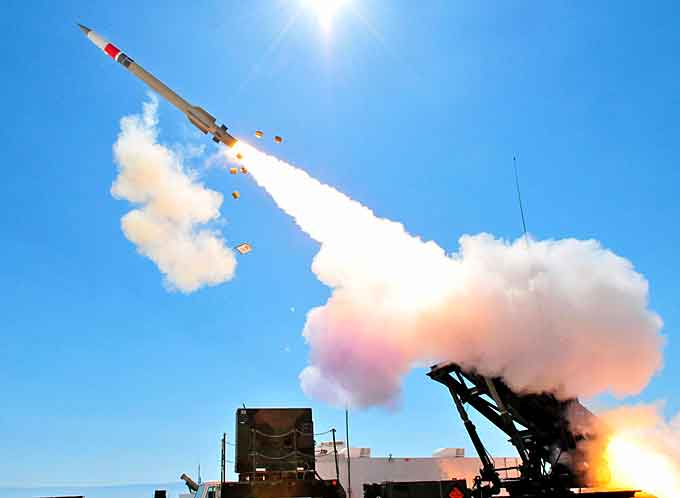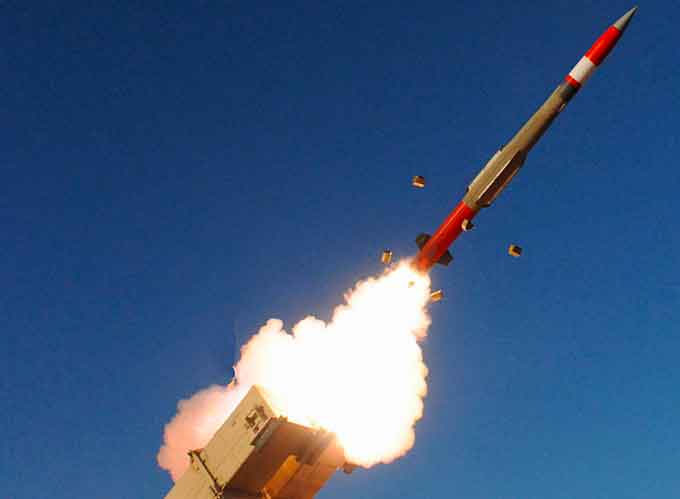
Two PAC-3 Cost Reduction Initiative (CRI) interceptors from Lockheed Martin, successfully intercepted two tactical ballistic missile targets recently in a test at White Sands Missile Range, New Mexico.
The PAC-3 CRI intercepts support the U.S. Army’s Field Surveillance Program (FSP) ensuring the reliability and readiness of fielded PAC-3 missiles.
The test also marked the tenth and eleventh successful PAC-3 CRI FSP intercepts in six years.
More than sixty PAC-3 CRI and Missile Segment Enhancement (MSE) interceptors have achieved flight test success at White Sands Missile Range.

The U.S. Army-led missile defense flight test demonstrated the unique Hit-to-Kill capability of the PAC-3 family of missiles which defends against threats through body-to-body contact.
The test also reconfirmed PAC-3 CRI’s ability to detect, track and intercept incoming missiles while meeting fielded reliability requirements.
Representatives from the U.S. Army and current and potential Foreign Military Sales PAC-3 customers observed the test.

“PAC-3 continues to be successful against today’s evolving threats, and it remains the only combat proven Hit-to-Kill interceptor in the world,” said Jay Pitman, vice president of PAC-3 programs at Lockheed Martin Missiles and Fire Control.
“Today’s global security environment demands reliable solutions.”
“We expect PAC-3 interceptors to continue serving as an essential element in integrated, layered defense systems.”
The PAC-3 CRI and MSE are high-velocity interceptors that defend against incoming threats, including tactical ballistic missiles, cruise missiles and aircraft.
(See a Terminal High Altitude Area Defense (THAAD) interceptor is launched from Meck Island and a PATRIOT Advanced Capability 3 (PAC-3) interceptor is launched from Omelek Island during MDA’s historic integrated flight test on Oct. 24, 2012. Courtesy of the Missile Defense Agency (MDA) and YouTube)

















